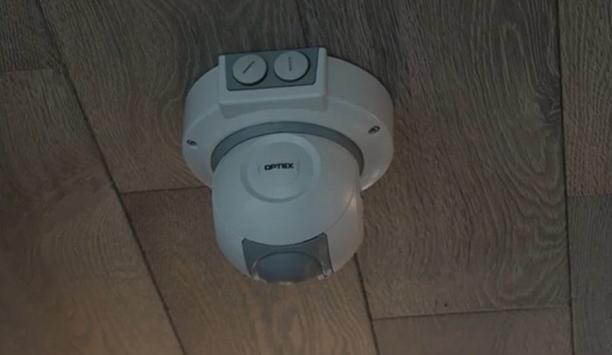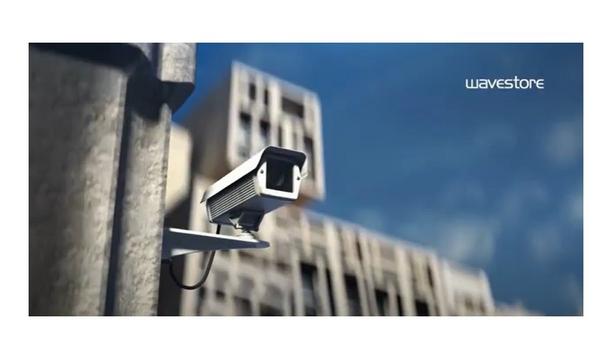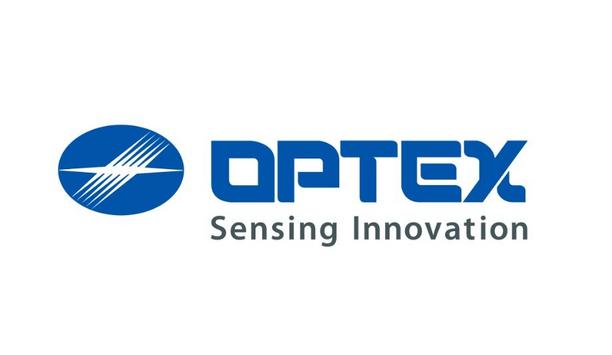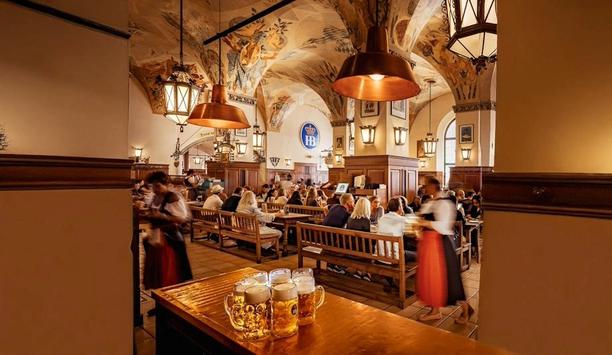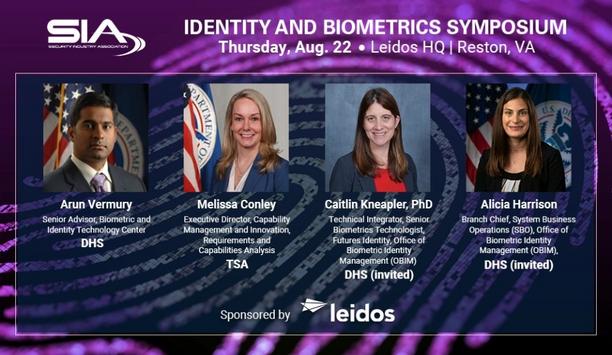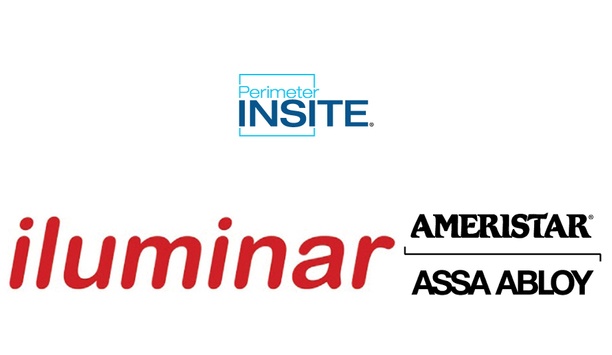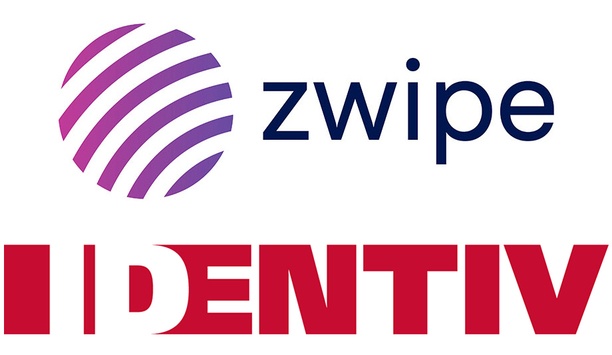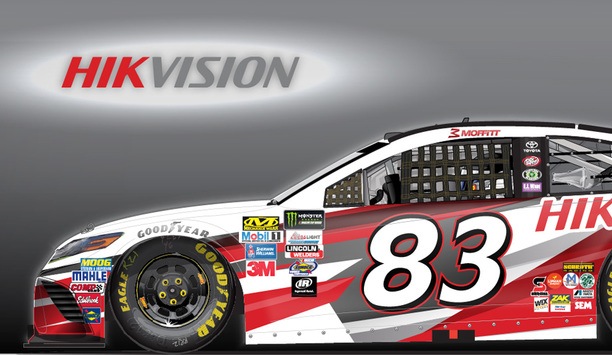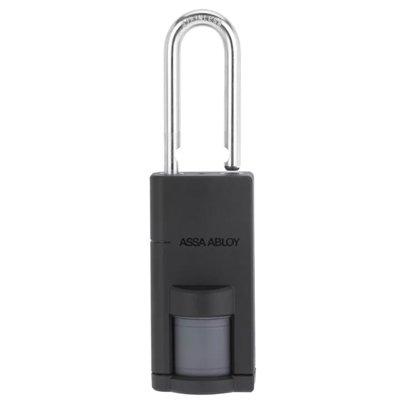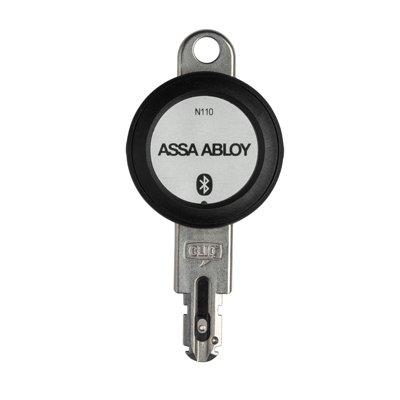As is shown on the KITTI Vision Benchmark Suite official website, Dahua Technology PSPO 3D Scene Flow Method set a new world record and took the 1st place in KITTI Flow 2015 Benchmark on September 28th, 2017 - with an Fl-all result of 6.15%.
Dahua’s PSPO Method Ranked Number One
KITTI vision benchmark suite is a benchmark to evaluate computer vision performance. Established by Karlsruhe Institute of Technology and Toyota Technological Institute at Chicago, it is the world's first and largest benchmark for vision based autonomous driving. KITTI includes real images collected from a variety of road scenes, from urban streets to country roads to highways. Each image contains a sophisticated scenario involving, for instance, a crowded vehicle and pedestrians, with various levels of occlusion. It comprises of real-world benchmarks for stereo, optical flow, scene flow, visual odometry/SLAM, 3D object detection, 3D tracking and road/lane detection.
Scene Analysis And Movement Anticipation Technology
Dahua’s Central Research Institute, based upon stereo and multi-frame technologies, utilizes planar models together with deep information, and established the multi-degree scene model demonstrating pixels, segments, planes and targets through finer labeling and analysis of the static background in the scenes. This is how Dahua’s PSPO 3D Scene Flow Method is developed.
Dahua PSPO method just refurbished the world record, beating fellow participants in KITTI Flow 2015 Benchmark include Max Planck Institute for intelligent systems (MPI)?Swiss Federal institute in Zurich (ETH Zurich)?TU Graz institute of computer graphics and vision (ICG), as well as well-known university labs from the University of Tokyo, University of Toronto and Brown University. This symbolizes a breakthrough in Dahua’s 3D scene analysis and movement anticipation technology based upon mobile platforms, laying a solid foundation for the development of products such as automatic driving and intelligent moving robots.
About 3D Scene Flow
3D scene flow algorithms are able to simultaneously estimate the three dimensional location and motion vector of objects within a scene. It is the core algorithm used to determine spatial geometric structures when mobile platforms perceive their environment, enabling various applications in location, navigation, and accident aversion. It can also provide other forms of assistance within the semantics of environmental perception. The estimations offered by 3D scene flow algorithms are able to be mapped across 2D image spaces, engaging in perceptive observation by means of 3D matching and optical matching.
Innovation is a company’s foundation of development, and also its source of power. Dahua’s new record in 3D scene flow, for yet another time, showcased its world class academic research ability in this field. With a mission of “Enabling a Safer Society and Smarter Living”, Dahua will continue to focus on “Innovation, Quality, and Service”, to serve partners and customers around the world.

